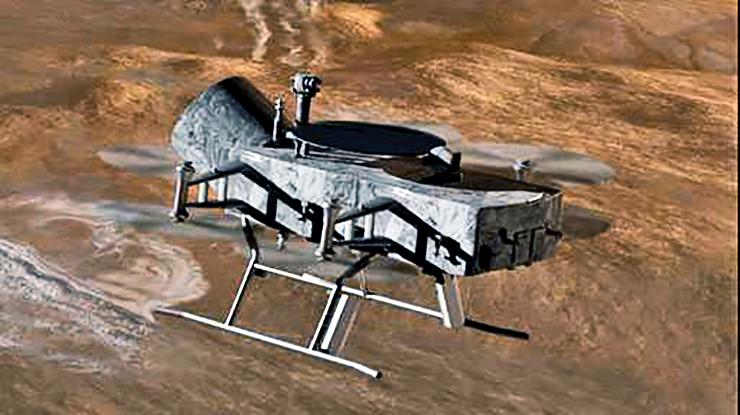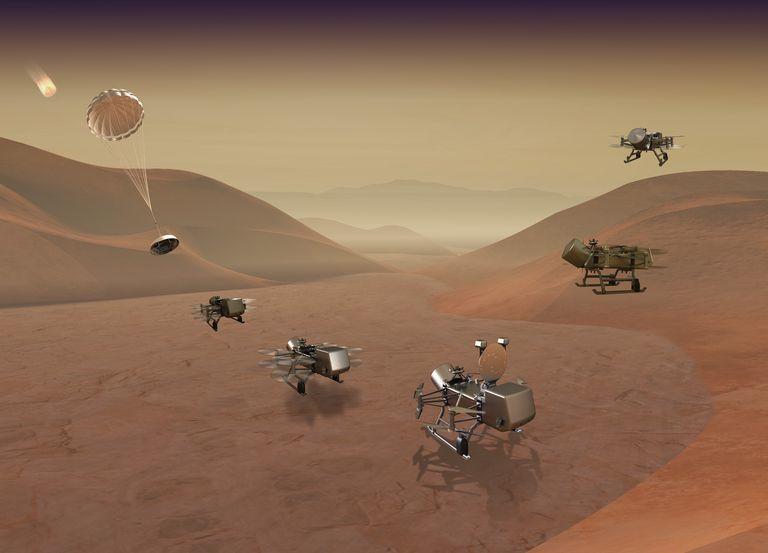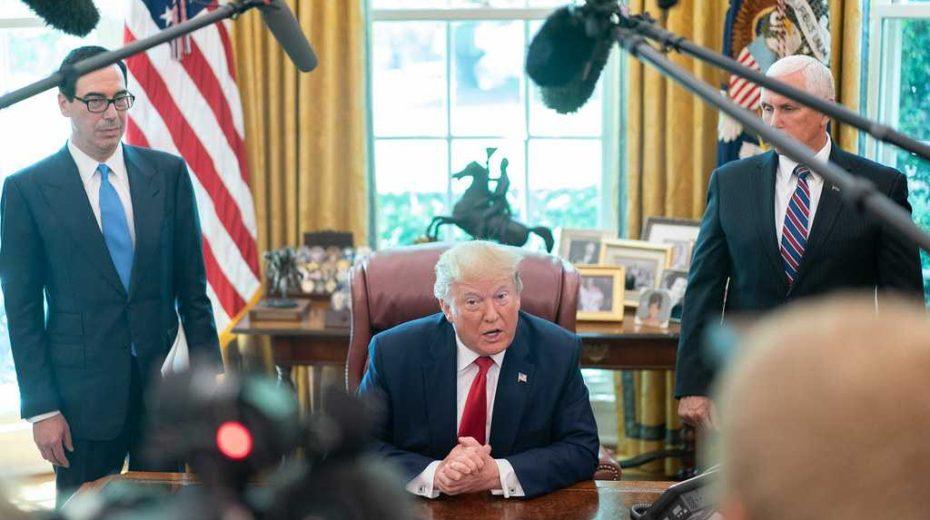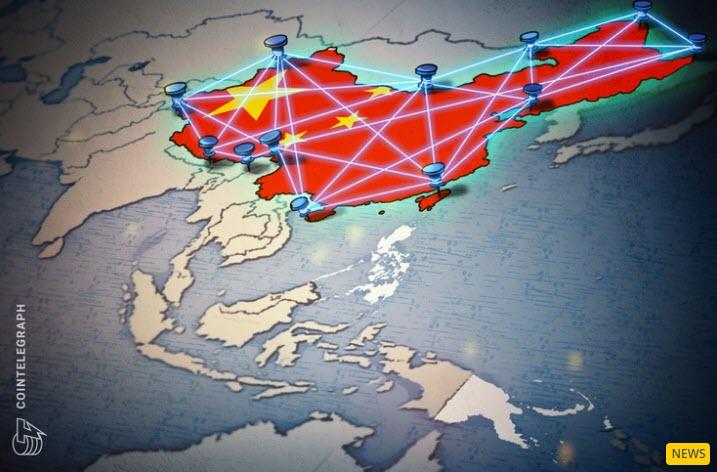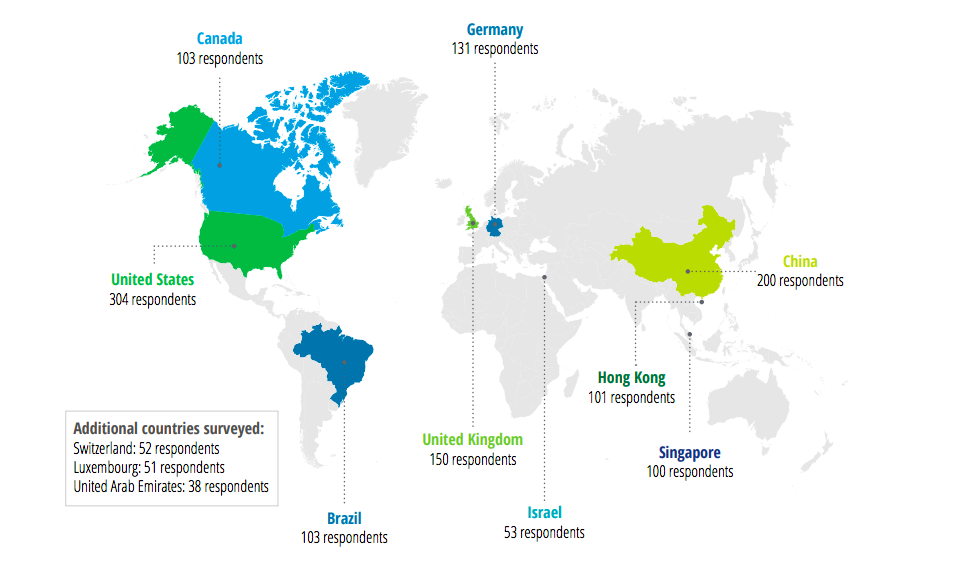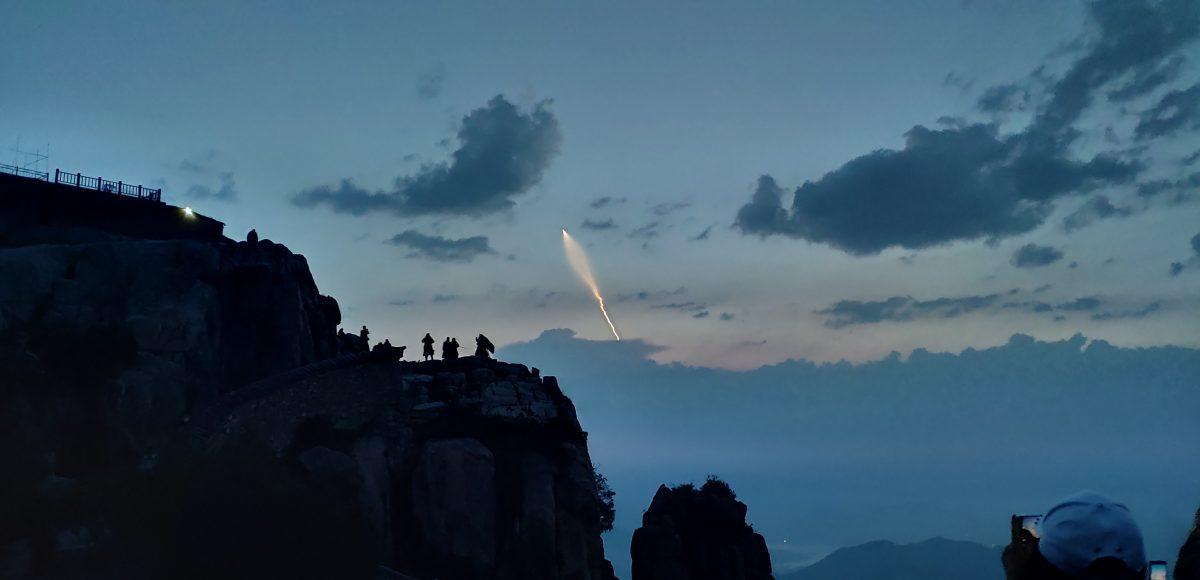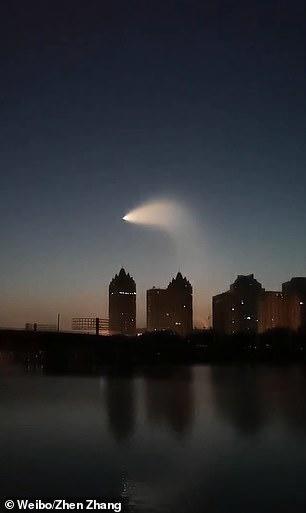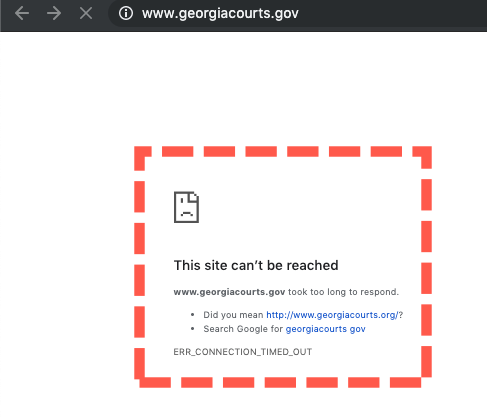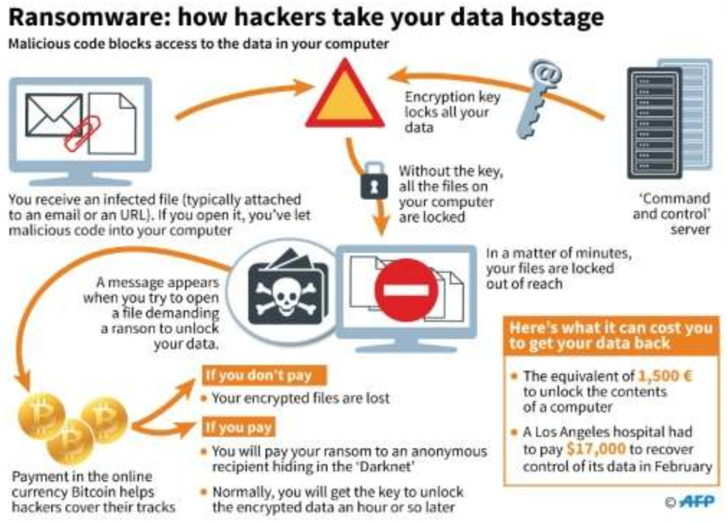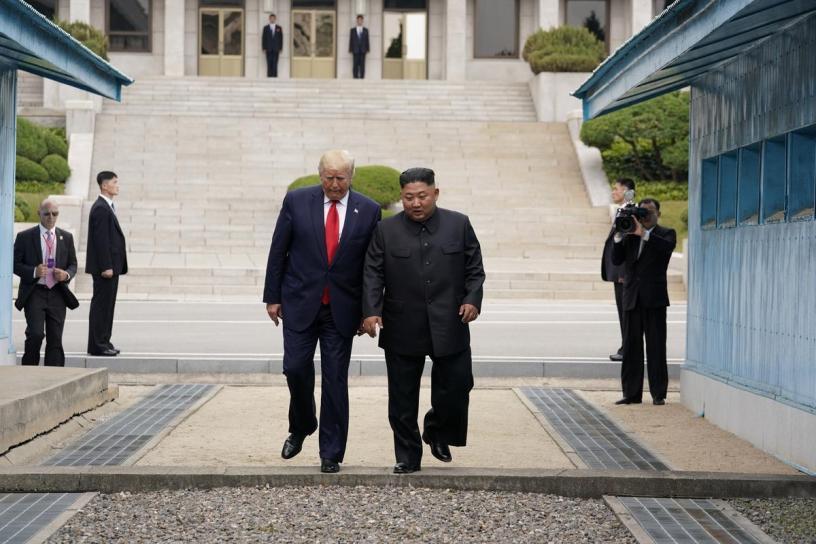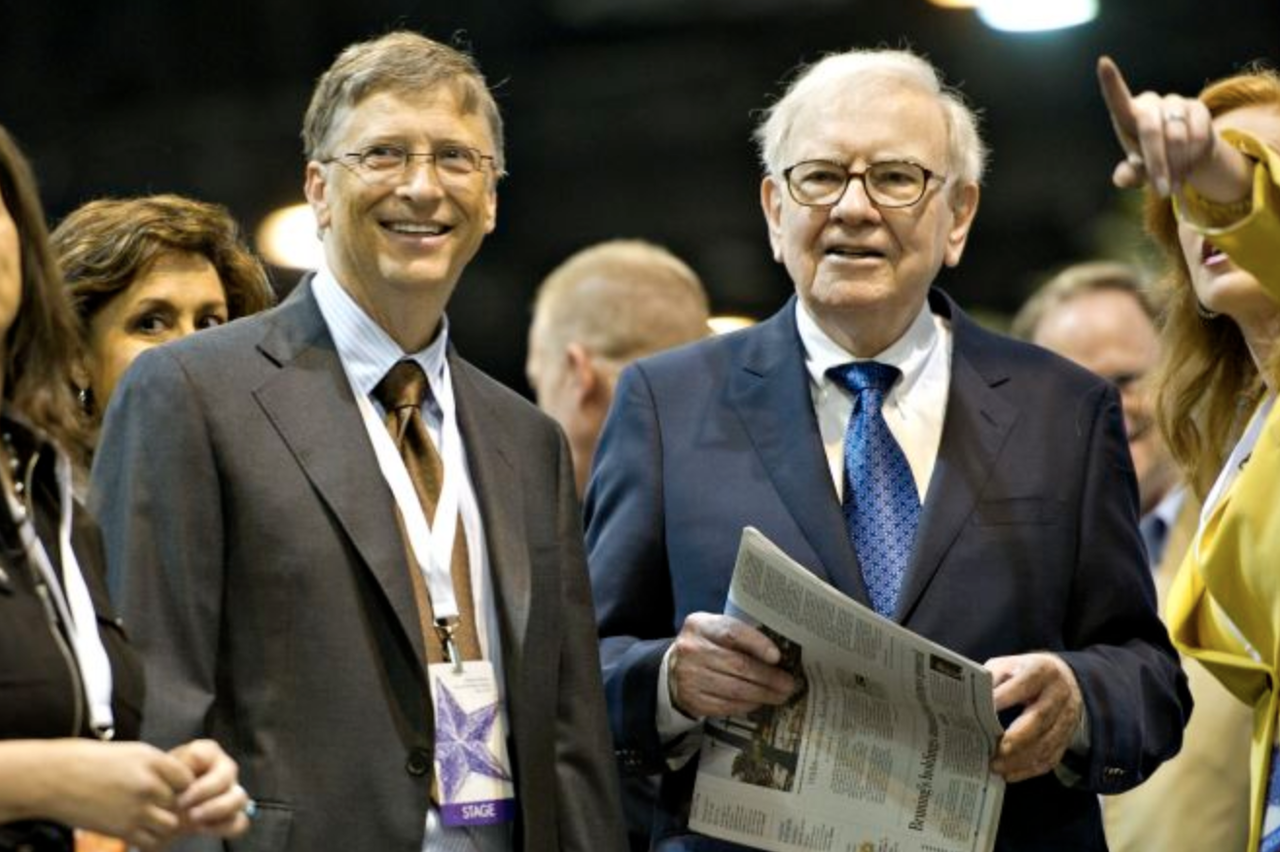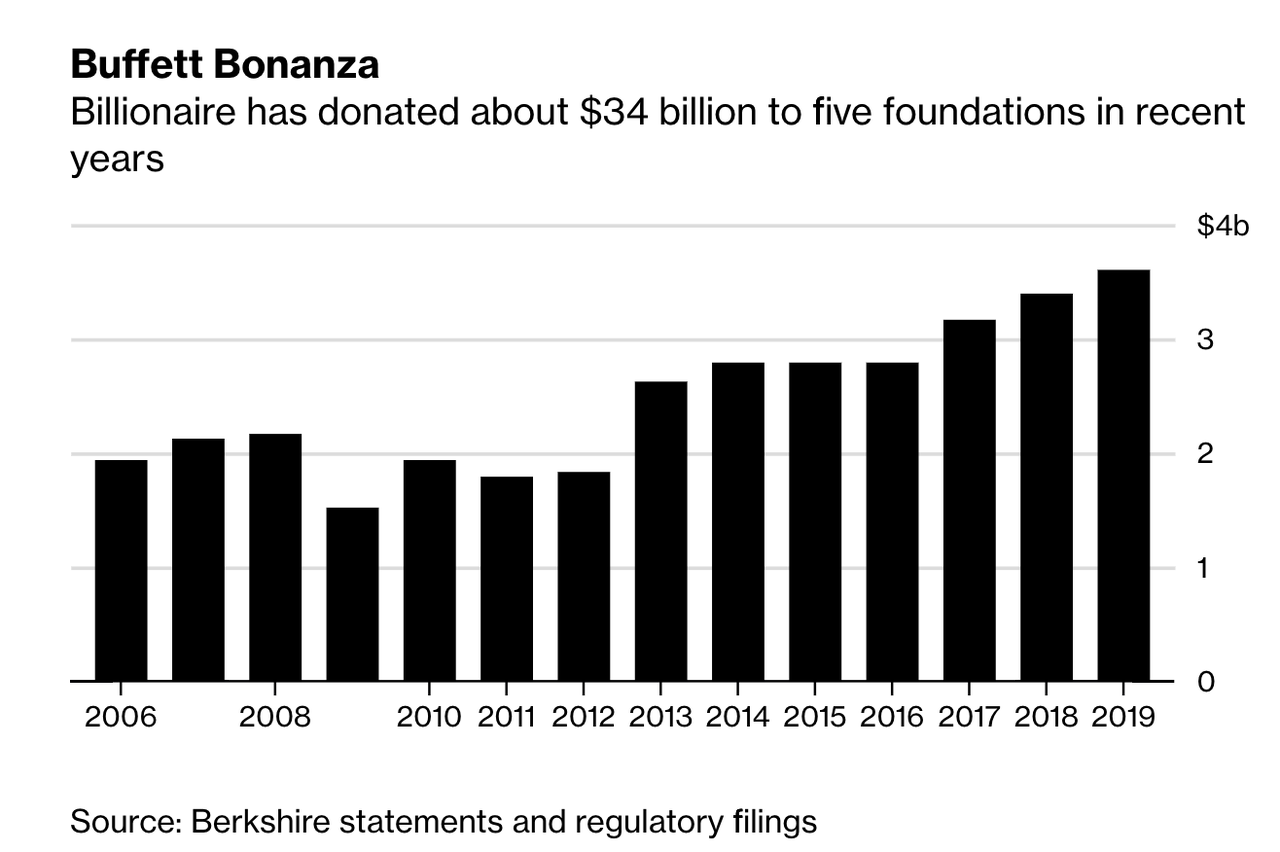Last week, in Mitchell v. Wisconsin, the Supreme Court added a new chapter to the Fourth Amendment rules on testing for blood alcohol content in the enforcement of the drunk driving laws. When the government tries to prove drunk driving in court, it’s very helpful for the prosecution to have a reliable test of the driver’s blood alcohol content. This means that when the government has probable cause to believe that a person has been driving drunk, officers will want to test the person’s blood alcohol level through either a breathalyzer test or a blood draw. The Fourth Amendment question is, when can the government order either test without a warrant?
This post will discuss that broad problem and the specific part of it that Mitchell helps answer. It will do so in six parts. (I know, that’s too many parts! But there’s a lot of important context here, and all four readers interested in this topic won’t mind. So six parts it is.) The first part explains why this is a particularly difficult question for Fourth Amendment law. The second part summarizes the holdings of the recent cases on this issue before Mitchell. The third part explains the facts and rationale of Mitchell. The fourth part looks closely at Mitchell‘s surprisingly complicated rule. The fifth part offers some normative reactions to the case. The sixth part concludes with some thoughts on rules and standards in Fourth Amendment law.
A warning before I start. This is a pretty complex and somewhat arcane area of Fourth Amendment law, so it’s possible I may make some mistakes. If you think I erred, please let me know. I’ll make corrections as soon as I can.
I. Why This Is Hard
It’s helpful at the outset to appreciate why the rules for blood and breath tests in drunk driving cases might be pretty difficult for the Justices. On one hand, it’s clear that both blood and breath tests should be a search. Both force the retrieval of evidence inside the body and expose that evidence to the government. Both are searches of a person. That part is easy.
On the other hand, identifying when those searches are constitutionally “reasonable” is much harder. Searches typically are reasonable if the government has a valid search warrant or an exception to the warrant requirement applies. Everyone agrees that the government can get a warrant to conduct a breath test or a blood draw. The important and contested question has been when such tests can be allowed without a warrant under one of the warrant exceptions.
That’s a hard problem because the facts of blood and breath draws resonate with several different warrant exceptions without being obvious fits in any of them. Consider a few possibilities:
- The exigent circumstances exception. This exception applies when evidence may be destroyed before the government can get a warrant. Alcohol in the blood naturally dissipates over time: Does that create exigent circumstances to do a test without a warrant?
- The search incident to arrest exception. The Fourth Amendment traditionally permits a search of a person upon their arrest for evidence without a warrant. When the government arrests someone for drunk driving, does the “evidence” that can be obtained under the exception include their breath or blood to get the alcohol levels?
- The consent exception. States have adopted “implied consent” laws that say that a person who is arrested for drunk driving impliedly consents to an alcohol test as a condition of driving in the state. When a person is arrested, does this consent kick in and make the search something that the driver has consented to by driving?
- The general reasonableness exception. The modern Supreme Court sometimes rules that searches or seizures are reasonable without a warrant because it advances important law enforcement interests while not substantially infringing on privacy interests. Are either blood tests or breath tests reasonable on these grounds?
All of these arguments are at least facially plausible. But none of them are perfect fits. And to make matters more complicated, there are different kinds of tests that could be administered. There are preliminary field breath tests that aren’t very reliable. There are breath tests on more reliable machines back at the station house. And there are blood draws typically done by medical professionals. It’s not easy to figure out what the rules should be.
II. The Key Precedents: Schmerber, McNeely, and Birchfield
Now on to the some cases. There are three precedents that you need to know to understand the new decision in Mitchell.
The first case is Schmerber v. California, from way back in 1966. The Court held that the exigent circumstances exception applied “on the facts of the present record” to permit a physician to draw blood at a police officer’s direction from a motorist who crashed his car into a tree and was being treated for his injuries at the time of his arrest for drunk driving. Given the time that had elapsed after the crash before the driver’s arrest, and the reasonable way that the blood draw was performed, the blood draw was reasonable under the exigent circumstances exception.
The second case is Missouri v. McNeely (2013), which considered whether Schmerber‘s allowing blood draws should apply per se to all drunk driving arrests. The Court divided, with a majority opinion in some areas and only a plurality in others. The majority rejected a per se approach, holding that the mere fact of a drunk driving arrest did not necessarily create exigent circumstances for a blood draw. But the majority’s opinion was unusually narrow. It only ruled that the exigent circumstances exception approach of Schmerber had to be applied on a case-by-case basis. It did not answer what the cases were where the exception applied.
Next up was Birchfield v. North Dakota (2016), which tried to resolve the uncertainty created by McNeely by addressing how the Fourth Amendment applies to both blood draws and breath tests in light of the implied consent statutes that states have enacted. Birchfield held that when a person is arrested for drunk driving, a breath test is permitted under the search incident to arrest exception but that a blood test is not permitted under that exception.
A breath test is much less of a big deal than a blood test, Birchfield reasoned. It’s less invasive and less risky. The former is reasonable on a drunk driving arrest while the latter is not. So when the government arrests someone for drunk driving, they can always conduct a breath test but need special circumstances (such as in Schmerber) to conduct a blood test. This meant, the Court explained, that refusal to submit to a breath test on arrest could be prosecuted while refusal to submit to a blood test ordinarily could not be.
Birchfield also held that a person could not be held to have impliedly consented to a search if refusal has criminal penalties. Earlier caselaw had indicated that person could be subject to civil penalties for refusal to go along with implied consent statutes. For example, if the state wants to take your driver’s license away for refusing to consent, it’s permissible for them to do so on the ground that you had impliedly consented to a search and then refused to go along with your promise. But this same rationale did not permit criminal penalties for refusal, the Court held. Exactly why there should be such a limit wasn’t particularly well-explained. But the Court’s rule on this was clear: “[I]mplied-consent laws that impose civil penalties and evidentiary consequences on motorists who refuse to comply” are fine, but “motorists cannot be deemed to have consented to submit to a blood test on pain of committing a criminal offense.”
III. The New Case, Mitchell v. Wisconsin, on the Unconscious Driver
That brings us to the new case, Mitchell v. Wisconsin. Mitchell deals with the following question: What can the police do if a person is strongly suspected of drunk driving is unconscious and therefore can’t give a breath test and can’t be asked if they will submit to a blood test? In particular, if the police want to perform a blood draw on the unconscious person to get a blood sample for testing its alcohol content, is that a reasonable search without a warrant or is a warrant needed?
Here are the facts of the case. Mitchell was reported driving drunk, and he was soon found totally trashed wandering around a lake on foot near his car. An officer gave Mitchell a “preliminary breath test,” a relatively unreliable field test, which showed he was very drunk. The officer arrested Mitchell and brought him to the police station for “a more reliable breath test using better equipment,” as permitted by Birchfield incident to Mitchell’s arrest. But that didn’t work out so well. Mitchell was so out of it when they reached the police station that the officer couldn’t do the breath test and instead drove Mitchell to the hospital.
Mitchell had passed out by the time they reached the hospital and had to be wheeled in. It turns out that Wisconsin has an implied-consent law that says an unconscious person is presumed not to have withdrawn consent. But in theory, the law suggests, even an unconscious person should be given a chance to overcome that presumption. So get this: To comply with the law, the officer announced to the passed-out Mitchell that he had consented as a matter of law but that if he wanted to withdraw his consent, he could.
Mitchell, being unconscious and all, did not respond. And by not responding, his legally presumed consent was still deemed to exist. (Gotta love the law, eh?) The officer asked the hospital personnel to take a blood draw, and they did. A subsequent analysis showed, unsurprisingly, that Mitchell was blitzed.
Now we get to the legal question: Was the blood draw permitted under the Fourth Amendment?
Yes, the Court ruled. Specifically, Mitchell answered this question in a plurality opinion by Justice Alito that is controlling under Marks because it is narrower opinion than Justice Thomas’s concurrence in favor of the same side. According to Justice Alito, an officer can “almost always” direct hospital personnel to conduct a blood test on an unconscious person when the officer has probable cause to arrest the motorist for drunk driving and no reliable breath test has been given.
Perhaps the most surprising part of Mitchell is the warrant exception the Court applied. Wisconsin’s brief focused on three warrant exceptions: consent, general reasonableness, and search incident to arrest. But the plurality opinion, as well as Justice Thomas’s fifth-vote concurrence, relied instead on the exigent circumstances exception.
Specifically, the plurality saw the driver’s unconsciousness as a special situation akin to the traffic accident that had allowed the blood draw in Schmerber. Although McNeely held that the “constant dissipation of BAC evidence alone does not create an exigency, Schmerber shows that it does so when combined with other pressing needs.” According to Justice Alito:
exigency exists when (1) BAC evidence is dissipating and (2) some other factor creates pressing health, safety, or law enforcement needs that would take priority over a warrant application. Both conditions are met when a drunk-driving suspect is unconscious, so Schmerber controls: With such suspects, too, a warrantless blood draw is lawful.
Why does unconsciousness matter so much? When a driver was unconscious, a reliable breath test wasn’t possible. Only a blood draw could be conducted. And getting accurate alcohol numbers was extremely important to prove a person had driven intoxicated, greatly facilitating the enforcement of drunk driving laws that seek to avoid tens of thousands of deaths every year.
Further, for the police, coming across an unconscious driver was likely to trigger a sequence of events to help the driver that was inconsistent with getting a warrant. The police were likely to be rushing the driver to the hospital and perhaps saving lives at a possible crash scene, during which the officer was unlikely to be able to take time out to go get a search warrant. In the emergency scenarios created by unconscious drivers,” Justice Alito wrote, “forcing police to put off other tasks for even a relatively short period of time may have terrible collateral costs.” Further, an unconscious person was likely to have his blood drawn by the hospital personnel anyway as part of the driver’s medical care. Amidst that process, a blood draw for evidence wasn’t that much of an additional invasion.
IV. Mitchell’s Surprisingly Specific Rule
Does this mean that the police can always do a blood draw of an unconscious driver suspected of having been drunk behind the wheel? No, it doesn’t. Justice Alito’s rule is actually pretty subtle and complex. At the end of his opinion, Justice Alito lays it out:
When police have probable cause to believe a person has committed a drunk-driving offense and the driver’s unconsciousness or stupor requires him to be taken to the hospital or similar facility before police have a reasonable opportunity to administer a standard evidentiary breath test, they may almost always order a warrantless blood test to measure the driver’s BAC without offending the Fourth Amendment. We do not rule out the possibility that in an unusual case a defendant would be able to show that his blood would not have been drawn if police had not been seeking BAC information, and that police could not have reasonably judged that a warrant application would interfere with other pressing needs or duties.
Note that because Justice Thomas had a broader rationale in his fifth-vote concurrence—Justice Thomas reasoned, consistently with his McNeely dissent, that exigent circumstances always applies to permit a blood draw when a person is arrested for drunk driving—that the plurality’s rule above is the governing rule under Marks.
Let’s parse the paragraph. There’s a lot there.
First, the rule appears to assume not only probable cause, but also that the driver has been taken to a hospital or something similar. So we’re dealing with hospital-conducted blood draws, not the officer acting by the side of the road.
Second, the rule still applies if an officer has given the driver an unreliable field breath test but does not apply if the officer has given the driver “a standard evidentiary breath test.” If the government has been able to do a relatively reliable breath test, typically back at the police station, then the government already has its good evidence and likely lacks the exigent circumstances that would justify a blood draw of an unconscious motorist to get what should be pretty similar evidence.
Third, the rule does not apply “in an unusual case” where “a defendant would be able to show that his blood would not have been drawn if police had not been seeking BAC information, and that police could not have reasonably judged that a warrant application would interfere with other pressing needs or duties.”
I’m not entirely sure, but I think that language above should be read as imposing two requirements in the conjunctive. For the rule not to apply, the person must both show that his blood would not have been drawn in the ordinary course of his medical care and also that the police were not so busy with other pressing duties that they could have reasonably thought getting a warrant would interfere with that.
Because the record doesn’t say if those requirements were met in Mitchell’s case, the Court vacates the decision below and remands for further proceedings without applying its own new rule to Mitchell’s case.
V. My Normative Take on Mitchell
What should we make of Mitchell? My own sense is that it’s a relatively narrow decision that is pretty sensible on pragmatic grounds. Here are a few thoughts on why.
First, I was glad that the controlling plurality opinion in Mitchell didn’t adopt the really scary argument the state made about implied consent. The state had argued that because penalties for refusal were only civil, Birchfield permitted the legally implied consent to be considered real consent for Fourth Amendment purposes. That was a very troubling position. It would treat the enactment of a statute saying a person consented in a particular situation as sufficient evidence that a person actually did consent. Giving a legislature the authority to announce that a class of people have consented to Fourth Amendment searches even when they actually haven’t would be an easy way to eliminate Fourth Amendment rights. The plurality didn’t adopt that argument, and that’s a very good thing.
Second, I think the controlling plurality test gives the police clear guidance without creating any troubling incentives. When officers make an arrest for drunk driving, they will still want to bring the person to the station house and do a reliable breath test once there as Birchfield permits. The Mitchell plurality rule kicks in only when the person has passed out and no reliable breath test has been done—and that point, no reliable breath test can be done.
At that point, after the officers have brought the unconscious person to the hospital, they can request the medical professionals to do a blood test without a warrant as long as the warrantless blood draw isn’t some sort of weird outlier step when no blood draw would have been conducted otherwise and the officers aren’t just sitting around and could have obtained a warrant. Try the less invasive breath test first, the law is telling officers, and only do a blood draw if there’s no other way to get a reliable test and the hospital personnel do it. And then get a warrant if you have time and it won’t interfere with other duties, but you don’t need a warrant if you don’t have time and it would interfere with your other work.
Admittedly, much of my reaction comes from it not being clear to me how much difference a warrant makes in this particular setting. In the cases covered by Mitchell, an unconscious driver has been admitted to the hospital. Probable cause is thought to exist that he was driving drunk. If a warrant is required, an officer would contact the judge, say he’s at the hospital with the unconscious driver, and make the case for probable cause to believe that the person drove while intoxicated. If the judge agrees, medical personnel would do the blood draw.
But I wonder, how much practical difference does it make whether there is a warrant in that setting? The probable cause needed to get the blood draw warrant seems the same as the probable cause needed to make the drunk driving arrest. That arrest is something that the Fourth Amendment has already permitted without a warrant, and for which there already must be a post-arrest review presumptively within 48 hours under County of Riverside. What does a warrant requirement in that setting add? Given that the driver is now passed out, it’s probably not too hard to show he was intoxicated. And I would think it is the relatively rare case when whether the person had been driving was in doubt. The actual draw, to be conducted by medical professionals, is not likely to be conducted in an unreasonable way. In that setting, it’s not clear to me how much a warrant adds.
Justice Sotomayor suggests in her dissent that existing precedents already squarely answered that a warrant was required for a blood draw, and that the plurality rule guts the warrant requirement, “strik[ing] another needless blow at the protections guaranteed by the Fourth Amendment.” “If there is time” to get a warrant for the blood draw, Justice Sotomayor argues, then the Fourth Amendment should require that the police must do so. Putting aside that I don’t think the precedents answered this question, I wasn’t convinced that the plurality’s rule is so untethered. As noted above, I would think the effect of the rule is to have medical personnel do the blood draw at the hospital in a circumstance when probable cause is not likely to be in doubt.
That’s not to say that Justice Sotomayor’s proposed rule was problematic. I think both the plurality and dissent approaches are reasonable answers to this problem. But I don’t see the plurality approach as somehow out of step with prior rulings or as particularly problematic.
VI. A Concluding Thought on Rules and Standards
A final thought on Mitchell is that there is a really interesting undercurrent on the choice between rules and standards in Fourth Amendment law. Some Fourth Amendment exceptions to the warrant requirement traditionally work like bright-line rules—specifically, consent and search incident to arrest. Other exceptions to the warrant requirement traditionally work like standards—of particular relevance here, exigent circumstances.
On one hand, the Justices in cases like Mitchell and Birchfield and McNeely are presented with recurring circumstances that call out for some kind of rule. The police run into these situations often, and they need to know when they need a warrant. On the other hand, the practical problem of when to allow various alcohol tests is also something that calls out for some kind of nuanced standard. You wouldn’t want the police to just arrest people and do blood draws on their own whenever they want, and you wouldn’t want the police to have to get a warrant in every case.
I think you see many the Justices in these cases grappling with how to satisfy both concerns at once They want both a nuanced approach that is also relatively rule-oriented. So in McNeely, the Court rejected a per se rule of exigency—that’s too unbalanced. Then in Birchfield, the Court adopted one clear rule for breath tests and another clear rule for blood draws—two clear rules, but different rules for different tests. And finally, in Mitchell, the plurality interprets a standard-based exception in a way that leads to a fairly specific set of rules.
Of course, the Justices don’t all agree on how to strike the balance. No surprise that Justice Alito will strike the balance differently than Justice Sotomayor. And Justice Thomas has been an outlier on these issues since McNeely with a bright-line view based on exigent circumstances. But I think you can see a lot of the Justices really grappling with how to balance the need for rules and standards based on the practical problem confronting them.
from Latest – Reason.com https://ift.tt/2RS60LY
via IFTTT
